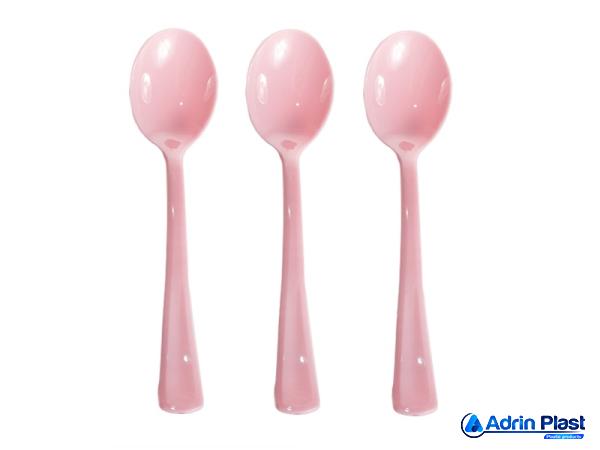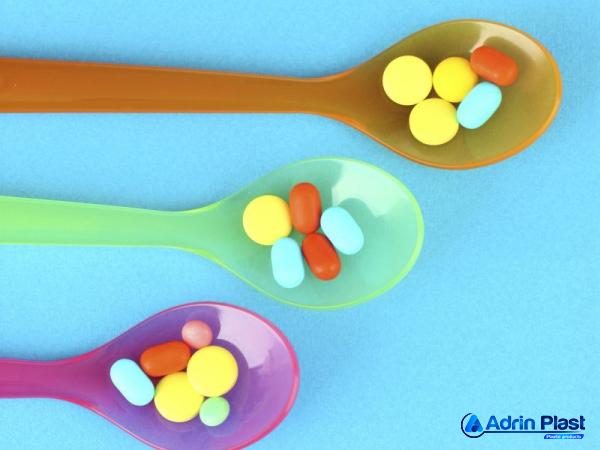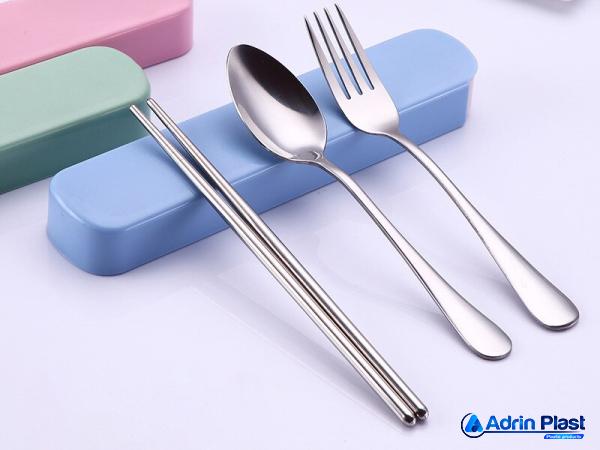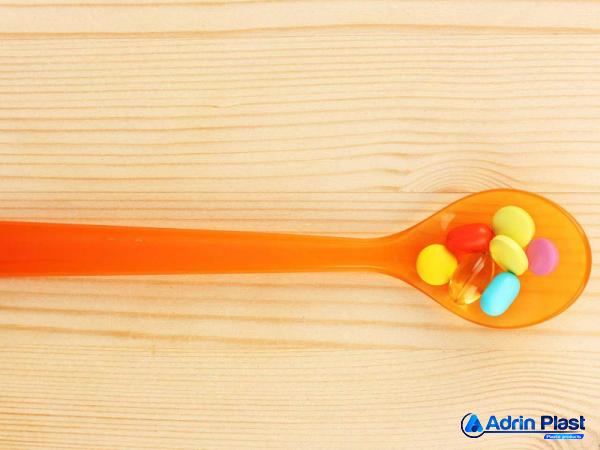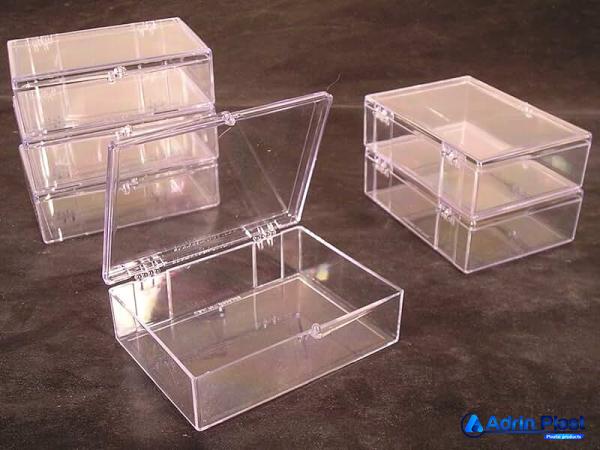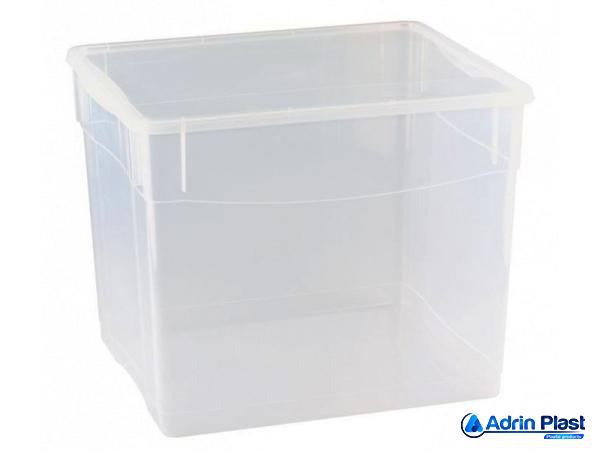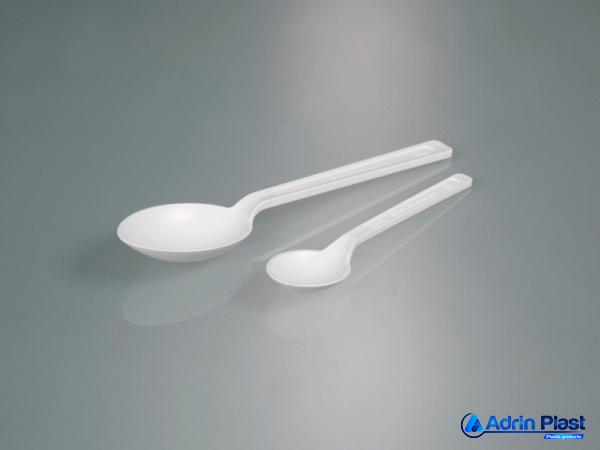Fiberglass reinforced plastic raw materials ABS + Buy
These days, raw plastic materials with bidegradable properties, such as ABS or reinforced fiberglass, are making their way into the market at an affordable price, particularly for wholesale marketplaces
It is essential to create a flow plan before beginning the fiberglass molding process because an accurate flow chart ensures that the task will be completed successfully
Before beginning production, it is vital to understand the product’s attributes, such as the design, construction, etc
, and to devise a prospective process trajectory based on analysis and research
This must be done before any production can begin
Making fiberglass pavement is an essential hand-laying procedure that must be performed with prudence
Before you begin pasting, you should check to see whether the template can be accessed
Examine the area to see whether there is Gelcoat there and whether or not it has become more viscous
After the examination has been successfully completed, the fabric should be stretched out at the beginning of the examination while paying attention to the release of air bubbles

This process should be repeated until the fabric achieves the estimated thickness
Hand cosmetics are often air-dried at ambient temperature during the processing of FRP
Gelling, curing, and maturing are the three steps that are included in the standard curing technique
The final product does not take shape until it has been heated to the appropriate temperature and gelled
For instance, after the molding process, polyester fiber reinforced plastic (FRP) products typically need a period of twenty-four hours to develop strength
Before being put to use and achieving their full tensile strength, molded goods need to be cured at temperatures higher than 15 degrees Celsius for a period of one week
However, it takes a whole year for the increased strength of polyester fiberglass to reach its final state

Fiberglass reinforced plastic raw materials
The organic mix of FRP or fiberglass reinforced plastic and resin confers benefits on FRP that steel or other raw materials cannot match
Excellent structural ability of FRP may be prefabricated into a variety of geometries, including solid, hollow, and sandwich constructions
To increase the thermal insulation performance of the building envelope, the sandwich structure is filled with polyurethane foam for places such as the roof or walls
The thermal insulation performance of the FRP cold store and the mobile house is excellent, and each side wall and ceiling has its own load-bearing capability
It can also be randomly colored to create a wide range of attractive and elegant items to fulfill the desires of consumers
By choosing the raw materials, amount, and condition of the glass fiber layer, it is feasible to suit the mechanical demands of various directions
FRP offers excellent mechanical qualities
FRP accounts for 1/4 to 1/5 of the steel content
It is lighter than aluminum alloy and is used in lightweight construction materials

It is very handy in the shipping, installation, and maintenance processes, significantly reducing the weight of the structure and making it safer and more dependable
Tensile strength is comparable to or even greater than that of carbon steel and has exceptional fatigue strength and mechanical qualities
Chemical resistance is high in glass fiber reinforced polymers
The utilization of the environment varies, as makes the choice of resin
Fiberglass is resistant to a wide range of acids, alkalis, salts, organic solvents, and microbes and possesses anti-corrosion capabilities
Chemical construction, underground construction, and unique underwater engineering construction are common uses
Light transmittance is high in FRP products
It is possible to manufacture light-transmitting goods with significant optical effects, such as certain ornamental materials, by combining light-transmitting resin with fiberglass fabric while manufacturing fiberglass products

ABS plastic raw material price
In most cases, the raw plastic material of ABS is polymerized by an emulsion method, a mixture of several products that are not usually combined into one product and have a reasonable price range
Milk is a common and well-known example of a product that has been emulsified
ABS may also be manufactured by a patented technique known as continuous bulk polymerization, albeit this method is used less often
The emulsion process is by far the most prevalent method used to produce ABS all over the world
As was just said, due to the fact that ABS is a thermoplastic, it is quite simple to recycle
This is a crucial fact to keep in mind
This indicates that one frequent approach for producing ABS is using other ABS polymers as the starting material
In a recent blog, we discussed recyclable plastics in further detail, including the qualities that characterize polypropylene polymers
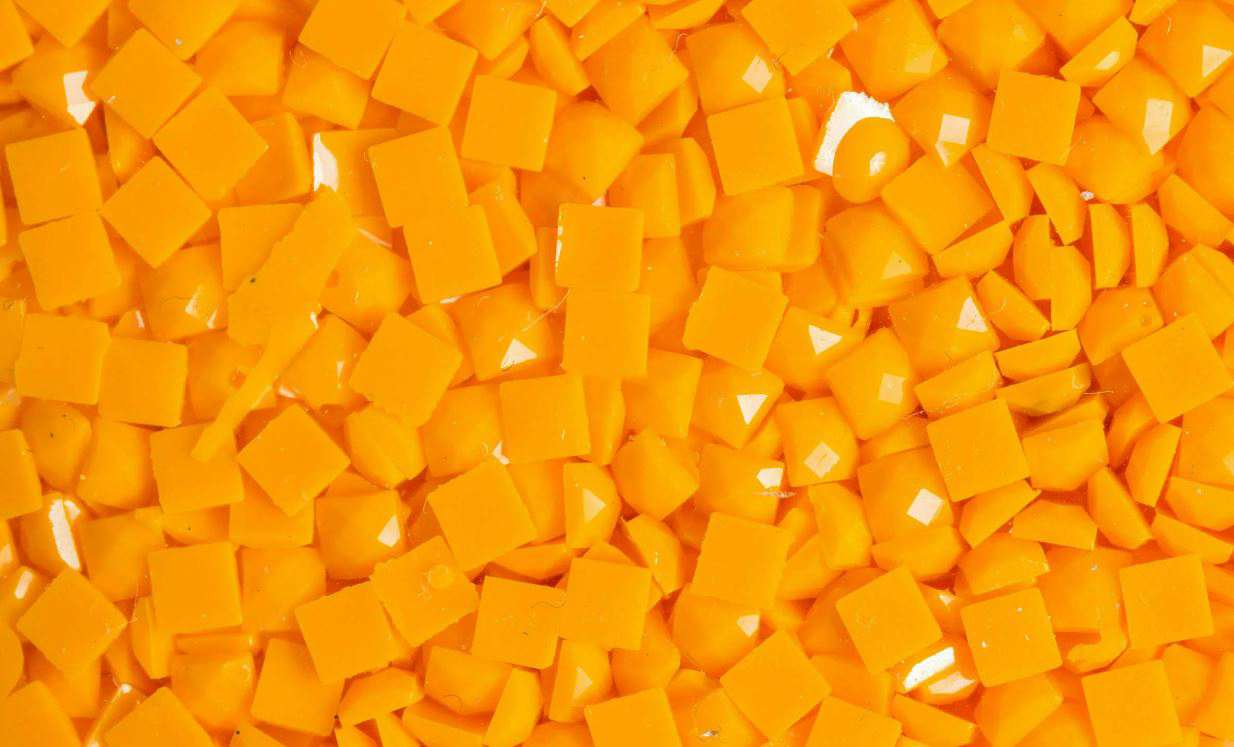
ABS has a high level of resistance to aggressive chemicals as well as to physical force
Because of its low melting point and the ease with which it can be processed, it is an excellent material for use in the manufacturing process of injection molding as well as in FDM machines used for 3D printing
The price of ABS is normally somewhere in the middle of that of polypropylene (PP) and polycarbonate (PC), coming in at around $1
50 per pound at the present time
As a result of these characteristics, ABS is used in a diverse selection of business sectors
ABS is useful in an extremely wide variety of contexts
The keys on computer keyboards, the handles on power tool cases, and the plastic screen protectors are some of the most easily identifiable examples along with on wall outlets, which are often mixtures of PC and ABS, and Lego kits
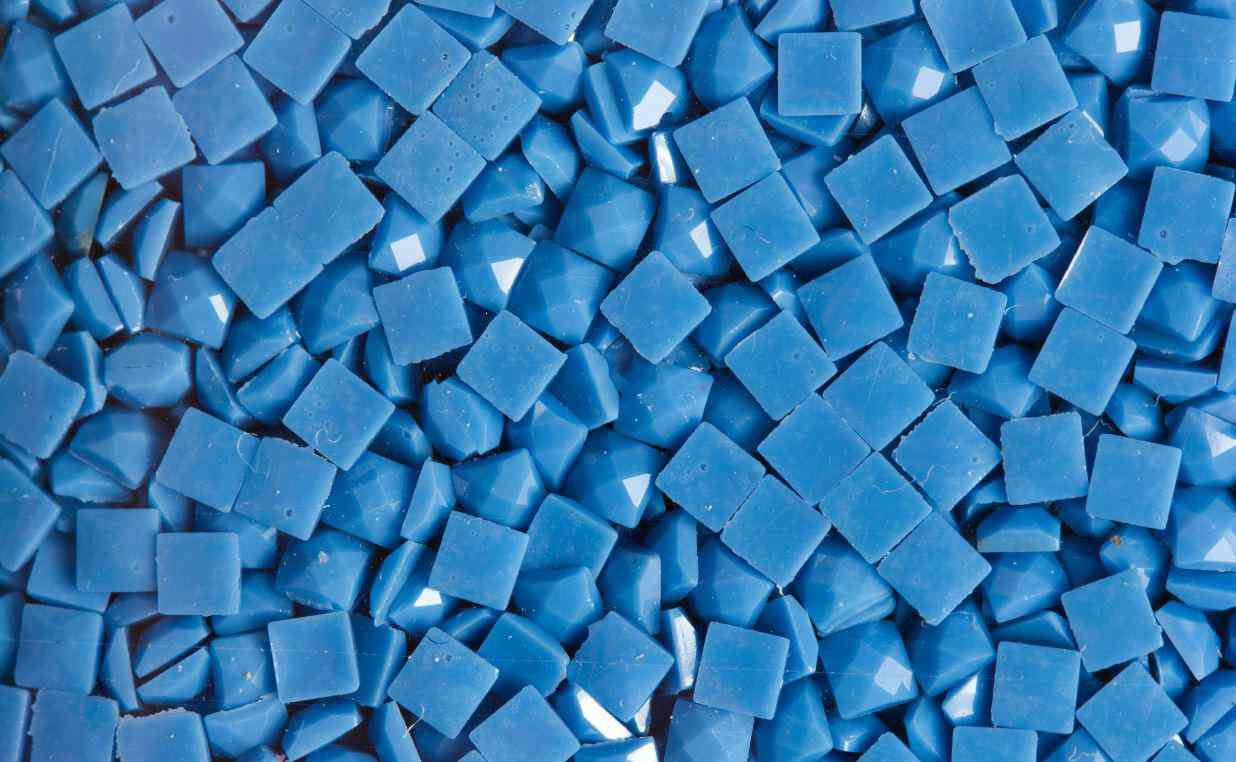
Biodegradable plastic raw materials
Raw plastic materials that are considered to be biodegradable are those that, when broken down by living creatures, often microbes, result in the production of water, carbon dioxide, and biomass
The production of biodegradable plastics often involves the use of renewable raw resources, microorganisms, petrochemicals, or some combination of these factors
The phrases “bioplastic” and “biodegradable plastic” are sometimes used interchangeably; nevertheless, they do not mean the same thing
The term “bioplastic” refers to polymers that are generated in whole or in part from biomass; however, not all bioplastics are biodegradable, and some biodegradable plastics are totally sourced from petroleum
As more businesses work toward attaining green certifications, there has been an increase in the research and implementation of potential solutions, such as the use of bioplastics
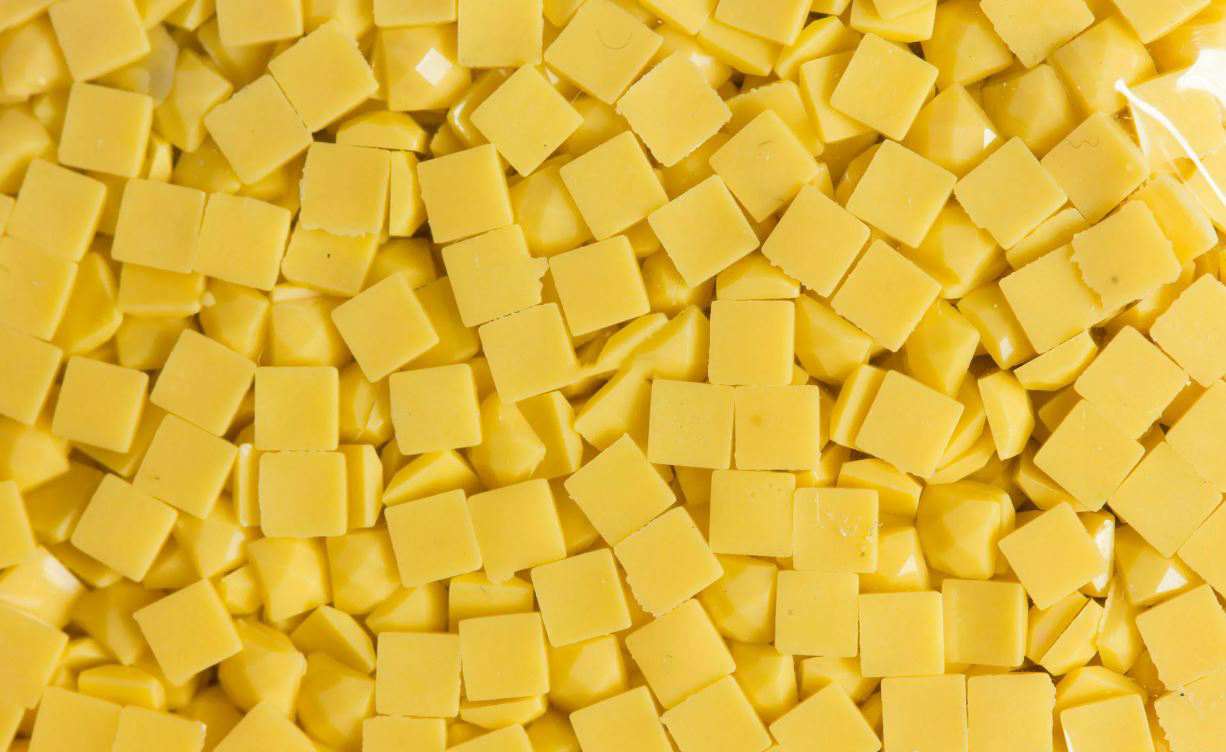
Despite this, there are still a great number of skeptics who believe that bioplastics will not solve the problems as others anticipate they will
Most or perhaps all of bio-based plastic’s production comes from using renewable resources
The term “bioplastics” is often used to refer to them
In the late 1990s, the first contemporary renewable polymers were introduced into the market
Many of these plastics were also biodegradable
This indicates that the word “bioplastics” is often linked less with a renewable resource basis and more with “biodegradable” qualities than it is with “renewable resource bases
” Biodegradability is not a required condition for bioplastics in today’s world; rather, it is just a quality of certain bio-based plastics, as well as some petrochemical plastics
This is because biodegradability is a property of polymers that are derived from biological sources
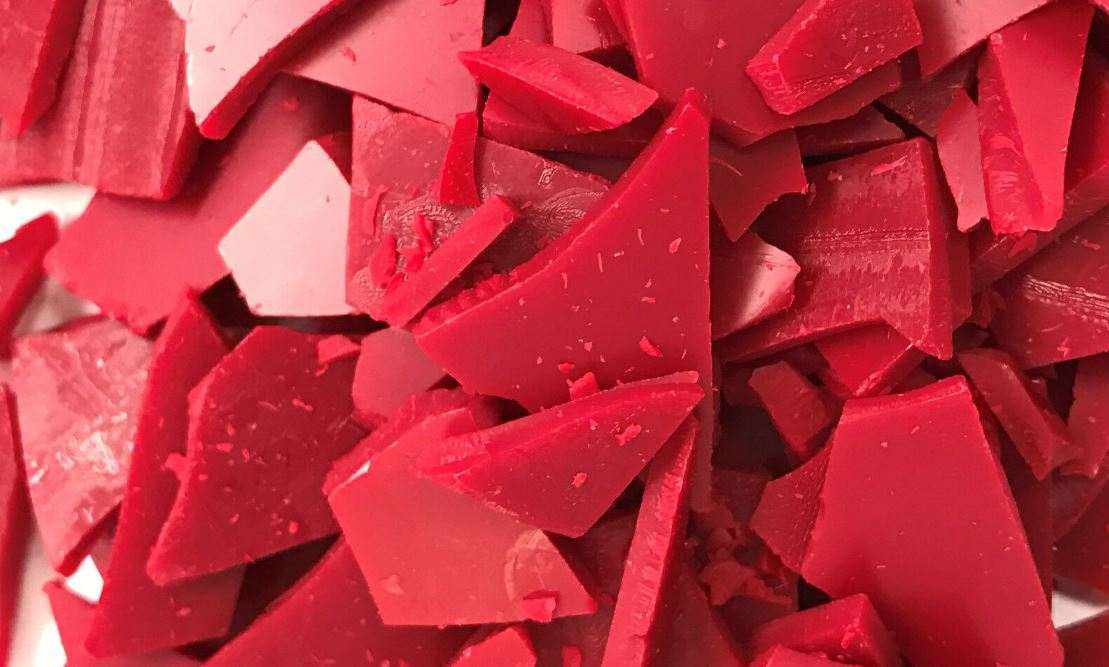
Wood plastic composite raw materials
We must first comprehend two key components if we are to properly comprehend wood plastic composite raw materials
Although they both use polymers, their origins, structures, and functions are quite different
Polymers are high molecular weight substances whose molecular structure significantly governs their characteristics
The polymer matrix surrounds the wood components in WPC by forming a continuous phase
Typically low cost commercial polymers, these base materials provide substantial processing flexibility when mixed with wood and flow smoothly when heated
These polymers often shrink and expand with temperature, but they don’t absorb a lot of moisture, making them good moisture barriers in well-engineered composites
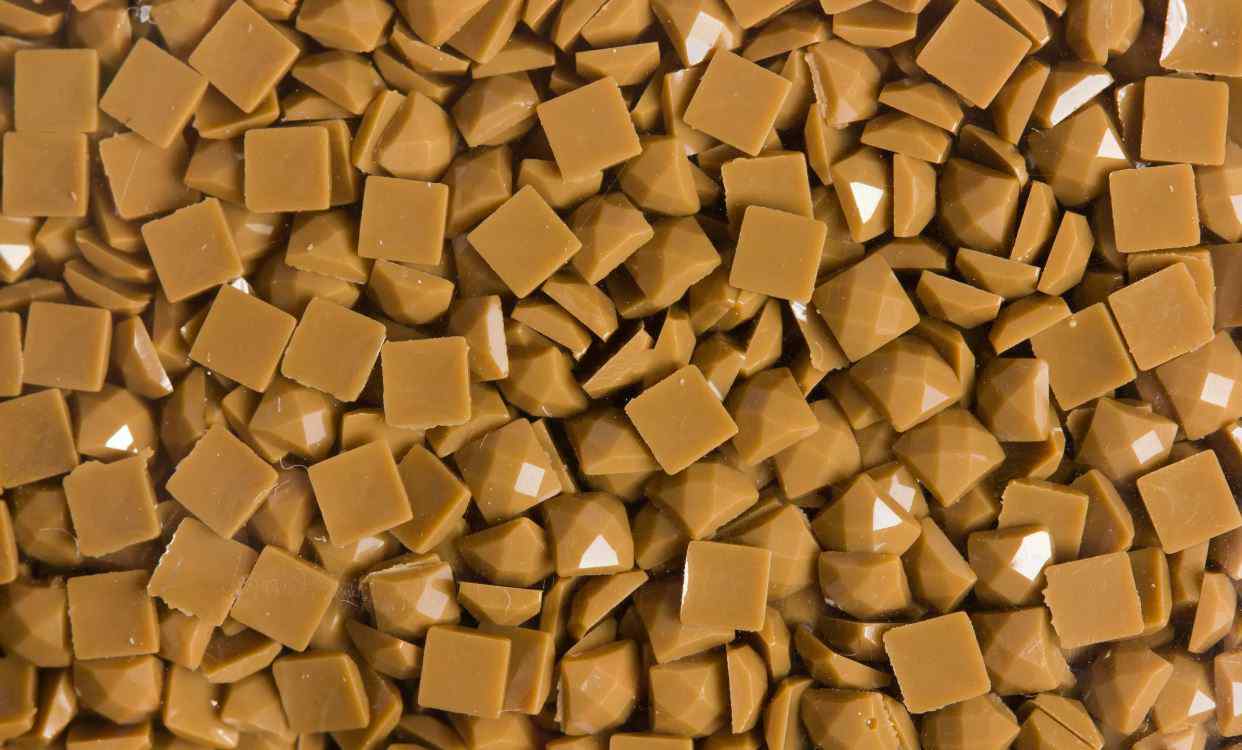
Despite the fact that wood itself includes polymers like lignin, cellulose, and other hemicelluloses, it differs greatly from the synthetic polymers with which it is often coupled in terms of its characteristics
Wood is an effective filler or reinforcing material since it is less expensive, tougher, and stronger than these synthetic polymers
Despite neither shrinking or expanding in response to temperature variations, wood is quickly absorbed by moisture, which may alter its characteristics and dimensions and, if left unprotected, result in biodegradation
In this chapter, we examine the fundamental structure and characteristics of polymers and wood to provide the groundwork for a more profound knowledge of composite materials formed from them
The key ideas and characteristics are outlined, with an emphasis on typical materials used in contemporary commercial technology
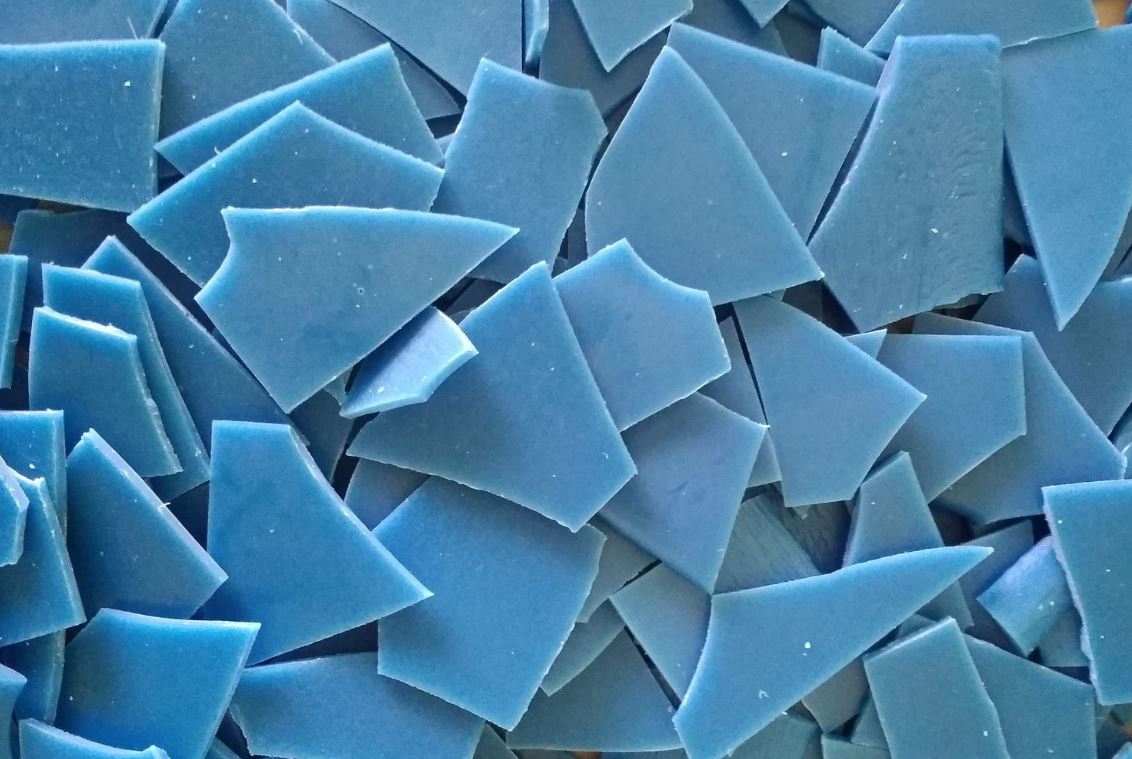
Plastic rod stock raw materials
Plastic raw materials have the potential to be filled with a wide range of materials, including rod stock, glass, and graphite
Rods made of plastic are now suitable for use in a broad variety of industries, such as aerospace, the packaging industry, the transportation industry, heavy machinery and equipment, scientific instruments, maintenance equipment, and more
In industry, rods made of polypropylene and high-density polyethylene are used for ordinary uses, while rods made of some other materials are utilized for high-performance applications
Plastic rods are often employed in the manufacturing process, resulting in machined components used in almost every key industry
The plastic tube’s inside is hollow, and the rod may be disassembled into its individual components
Extrusion, which includes passing molten plastic through a die, is the most popular technique for manufacturing plastic rods
This method is known as “extrusion
”
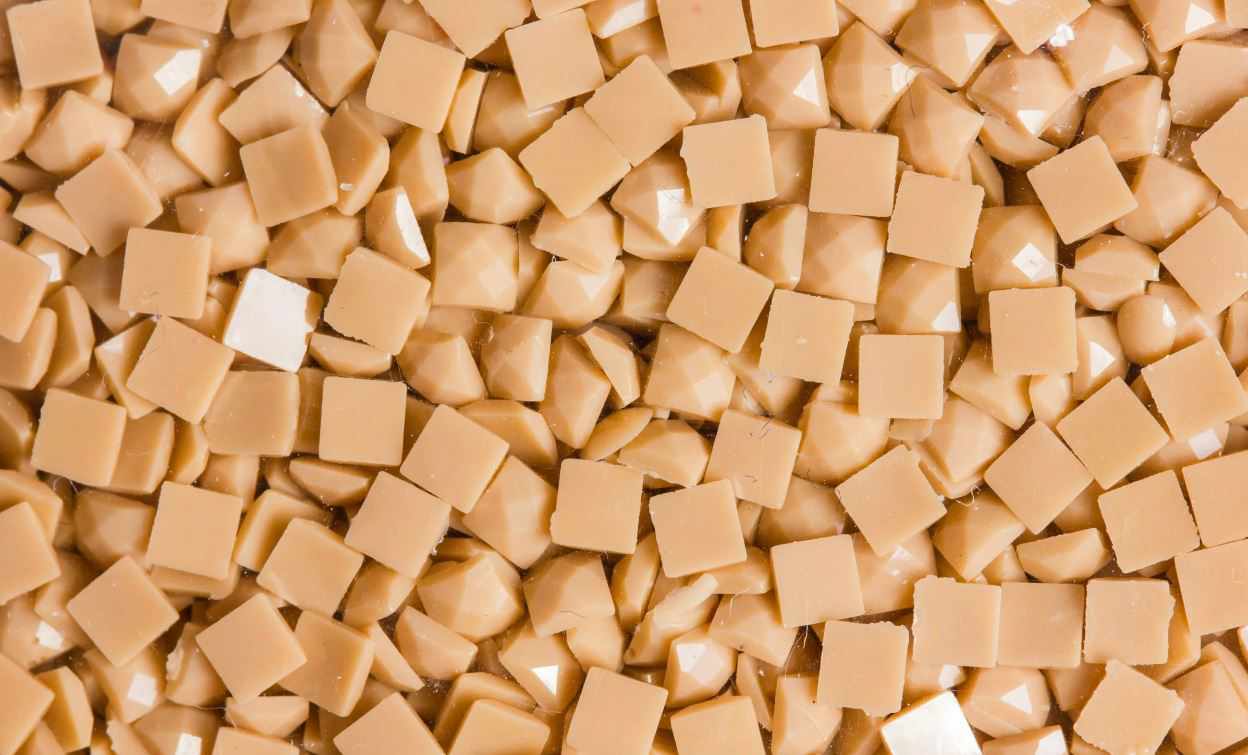
Extruding plastic into rods of any length is possible with every kind of plastic that can be treated in a melt
Extrusion is often used instead of casting for producing bars with a tiny diameter
Before pouring liquid resin into the mold, rods may be fashioned out of various polymers, including nylon, acrylic, and polyurethane
Casting provides many advantages, including more homogenous material features, a reduction in residual or “built-in” stresses, and an improvement in the efficiency with which large diameter bars may be manufactured
Certain varieties of plastic rods have additional performance-enhancing elements integrated into them, such as electrical components, bearings, and reduced friction
In place of metals and several other materials, these one-of-a-kind plastic rods are utilized in a wide range of applications, such as in the aerospace industry, the oil and gas industry, scientific equipment, packaging, transportation, and food equipment
Plastics have excellent abrasion resistance, are resistant to chemicals, and may even make components lighter
Plastics also have excellent chemical resistance
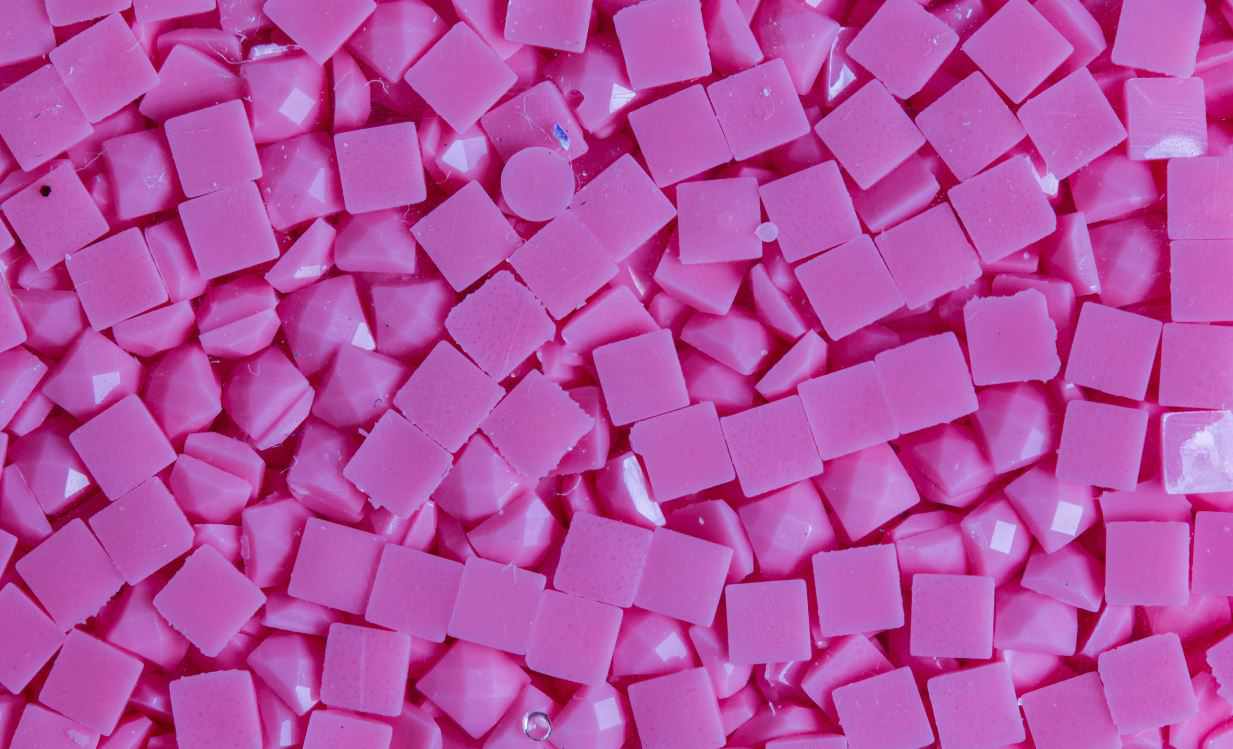
Poly plastic raw materials
Our poly plastic products, made of raw materials, have been catering to the requirements of flexible packaging customers all over the world for more than sixty years
Our production plants in some regions make use of extrusion experts who are knowledgeable, well-trained, and experienced, and they do so with cutting-edge machinery
The highest possible product quality standards are maintained through our in-house testing laboratory, our extensive quality assurance program, and our commitment to ongoing research and development
The knowledgeable sales staff and helpful customer service representatives at our company will provide you with the assistance you need
We can produce high-quality goods at competitive prices due to our cutting-edge machinery, several production facilities, and participation in the organization, which allows us to leverage our combined buying power
The preservation of the natural world is one of our highest priorities
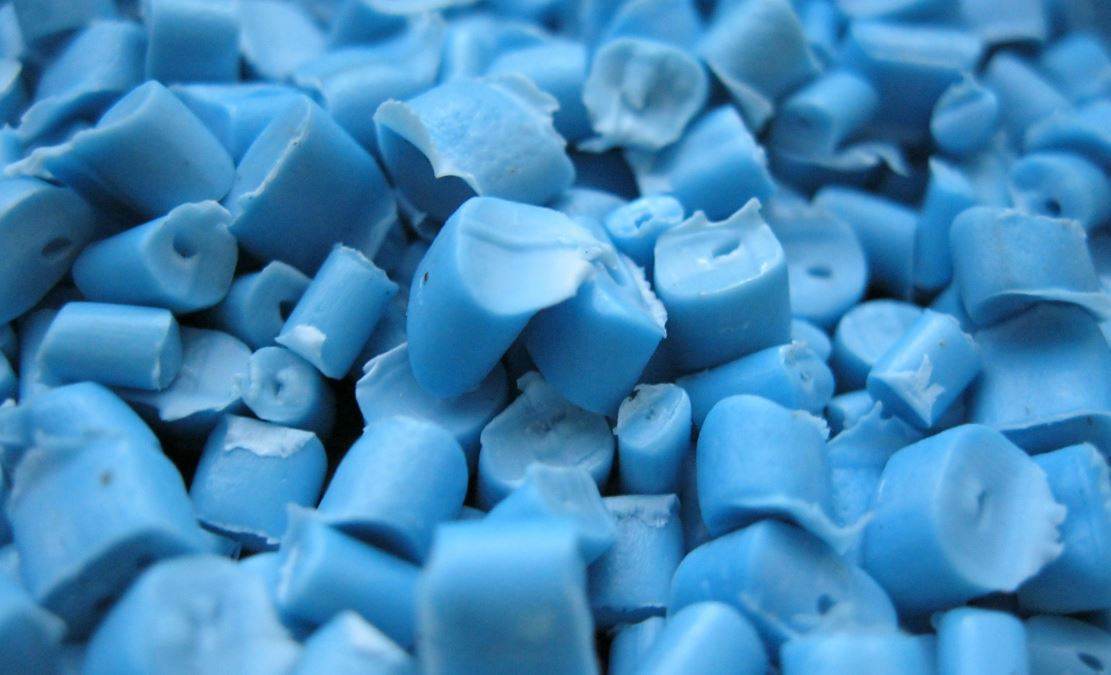
We recently invested in updated recycling machinery, as well as improvements to our lighting and cleaning procedures, to lower our energy usage and other fuel sources
To reduce the amount of waste that ends up in landfills, we encourage recycling among all our staff members
We go above and above the expectations of our clients, who purchase obsolete plastic packaging and industrial trash and promote the use of biodegradable and recyclable items
Our cutting-edge production facilities recycle all of our industrial plastic waste to be as kind to the environment as possible, which helps to ensure that our raw materials are of the greatest possible quality



